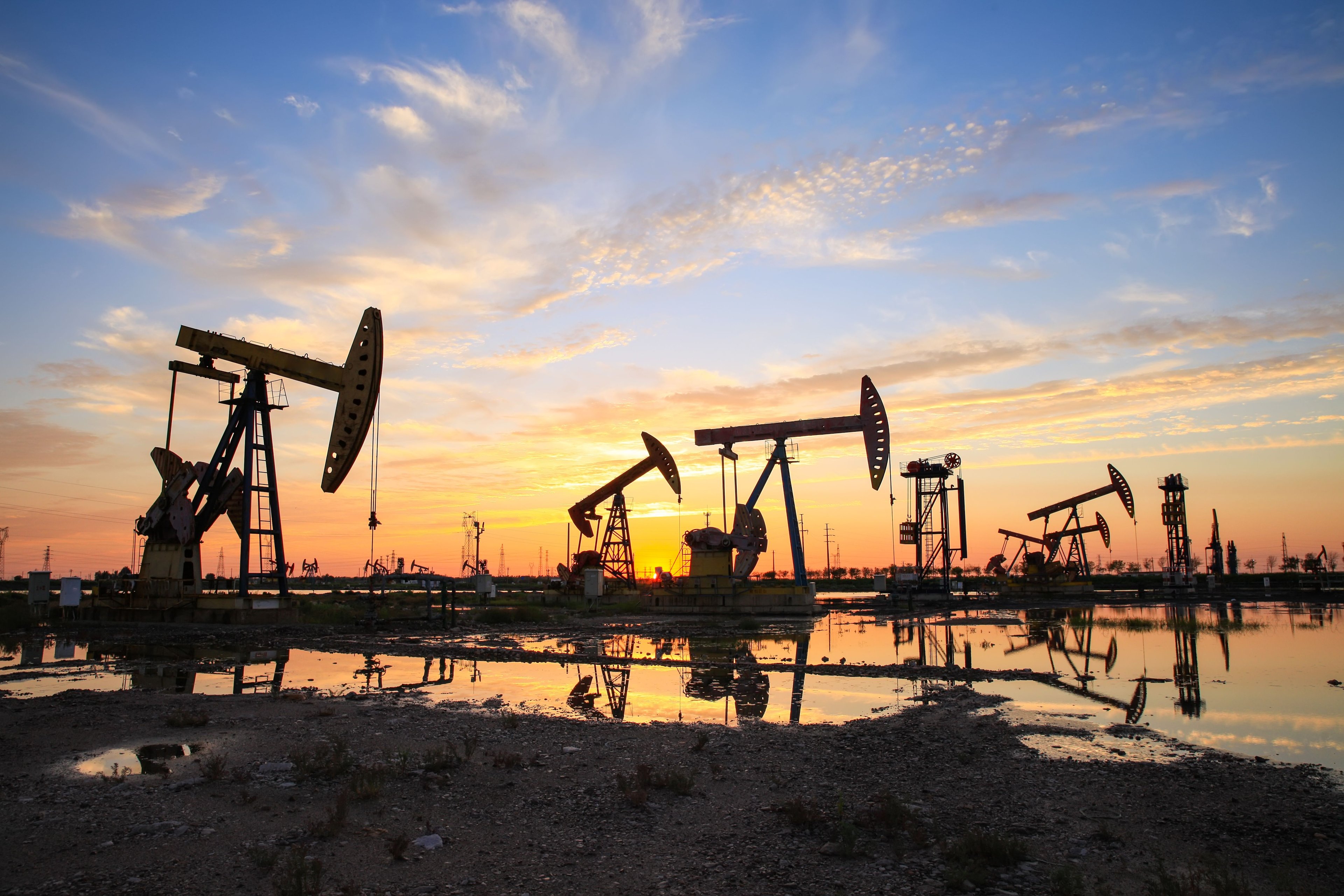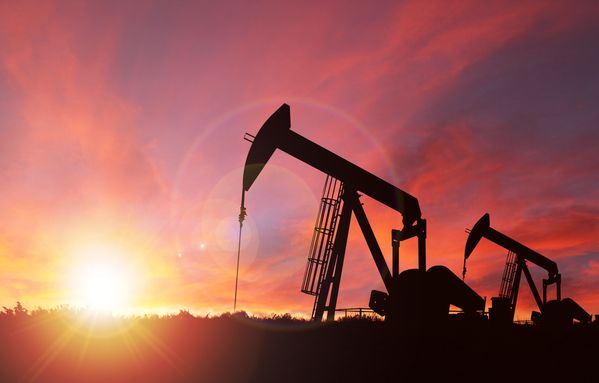Magellan Midstream Partners (MMP +0.00%) and Helmerich & Payne (HP +3.40%) offer investors yields of 6.5% and 6.8%, respectively, well above the roughly 2% you'd get from an S&P 500 Index fund. Both have long histories of increasing their annual disbursements and are financially conservative. But these two energy industry service providers are very different. Here's how Magellan and Helmerich & Payne compare.
1. Returning some value
The one place where these two entities are most similar today is yield, with both offering dividend investors a material, above-market income stream. To be fair, the energy industry is out of favor today, so they aren't the only high-yield options in the space. However, there's more similarity here than just the absolute value of their respective yields.

Image source: Getty Images
For example, Helmerich & Payne has increased its dividend for an incredible 46 consecutive years. Magellan's streak of 19 years of distribution increases doesn't sound nearly as impressive -- at least until you consider that it has upped the disbursement each and every quarter since its IPO in 2001. Clearly, both management teams here take returning value to investors via regular and increasing cash payments very seriously.
The yields, meanwhile, are both near the high end of their respective long-term ranges. That's not exactly a shock, given that they operate in an out-of-favor sector. However, it suggests that they are both trading at what could be attractive levels. Put simply, if you are an income investor or a value investor, the dividend and yield information here should get you interested enough to take a closer look.
2. Rock-solid financials
When looking at a dividend stock, however, you need to check the balance sheet. This is the financial foundation on which a company is built and a dividend paid. Helmerich & Payne has a financial debt-to-equity ratio of roughly 0.10, less than half the level of its closest peer. In fact, 0.10 is low for any company in any industry. Helmerich & Payne's financial debt-to-EBITDA ratio is also modest, at around 0.90 times, again well below its peers. It has a solid foundation.
Magellan operates in a different subsector of the energy industry, which typically makes use of more leverage (more on this difference in a second). However, Magellan is one of the most conservative players in the space in which it operates. Its financial debt-to-equity ratio of roughly 0.30 is near the low end of its peers and modest on an absolute level, as well. Its financial debt-to-EBITDA ratio of around 2.80 times is also at the low end of its group. Like Helmerich & Payne, Magellan is working on a conservative financial foundation.
MMP Financial Debt to EBITDA (TTM) data by YCharts
Where these two diverge in a big way, however, is interest coverage. Magellan covers its interest costs by roughly 6.4 times. Helmerich & Payne doesn't currently cover its interest expenses because its earnings were negative in fiscal 2019. Now we're on to something...
3. The business models
Helmerich & Payne is a drilling services company. It builds drill rigs and leases them to oil drillers, usually operating them and providing ancillary services, as well. Demand for drill rigs is highly correlated to often volatile oil and natural gas prices. Right now, relatively low oil and natural gas prices have left Helmerich & Payne dealing with weak demand. It has the financial strength to muddle through periods like this, but that doesn't mean it's an easy process for the company or investors. This, however, is just par for the course in a highly cyclical industry.
Dividend investors can take some solace in the company's cash dividend payout ratio. Because Helmerich & Payne's bled red ink in fiscal 2019, its earnings obviously didn't cover its dividend. But dividends don't come out of earnings; they come out of cash flow. On that score, the company's cash dividend payout ratio (which compares dividends to free cash flow) is around 80%. That's actually in line with the company's historical trends. So there's solid reason to believe management when they say they plan to keep supporting the dividend. Investors, though, still need to be able to stomach the inherent ups and downs in the business. That is not an easy task, especially if you are relying on the income your portfolio generates to meet your living expenses.
This is where Magellan comes into play. Magellan owns and operates midstream assets, like pipelines and storage facilities. Roughly 85% of its operating margin is fee-based. Effectively, oil and gas companies pay Magellan for the use of its assets -- demand for energy is the important factor, not the price of oil and gas. That makes the business very consistent over time. Magellan expects to cover its distribution by 1.3 times this year, which is strong coverage in the midstream space. It also leaves ample room for continued distribution hikes, noting that Magellan's long-term target coverage ratio is 1.2 times.
But there is an issue that investors need to be aware of here. Magellan's growth largely comes from building or buying new midstream assets. It is spending $1 billion on growth in 2019. However, it only has around $400 million in spending planned for 2020. That's not only a notable drop-off from 2019, but it's also fairly low, historically speaking, for this master limited partnership. Investors are worried that Magellan's growth is set to stall. That's reasonable, but history shows that management is highly capable of finding growth opportunities. It's probably worth giving Magellan the benefit of the doubt here, noting that it says it has another $500 million worth of projects on the drawing board.
Which one is the better buy?
If you are a conservative income investor, Magellan is the easy winner here. It is financially strong, has a long history of success behind it, and operates an energy business that isn't materially affected by the ups and downs of oil and gas prices. For investors looking to play the ups and downs of the energy cycle, however, Helmerich & Payne is worth a close look. You have to have a strong stomach to own it, to be sure, but it is financially strong. It has a long history of success behind it, and if drilling activity picks up, its earnings and its stock price are likely to pick up, too.





